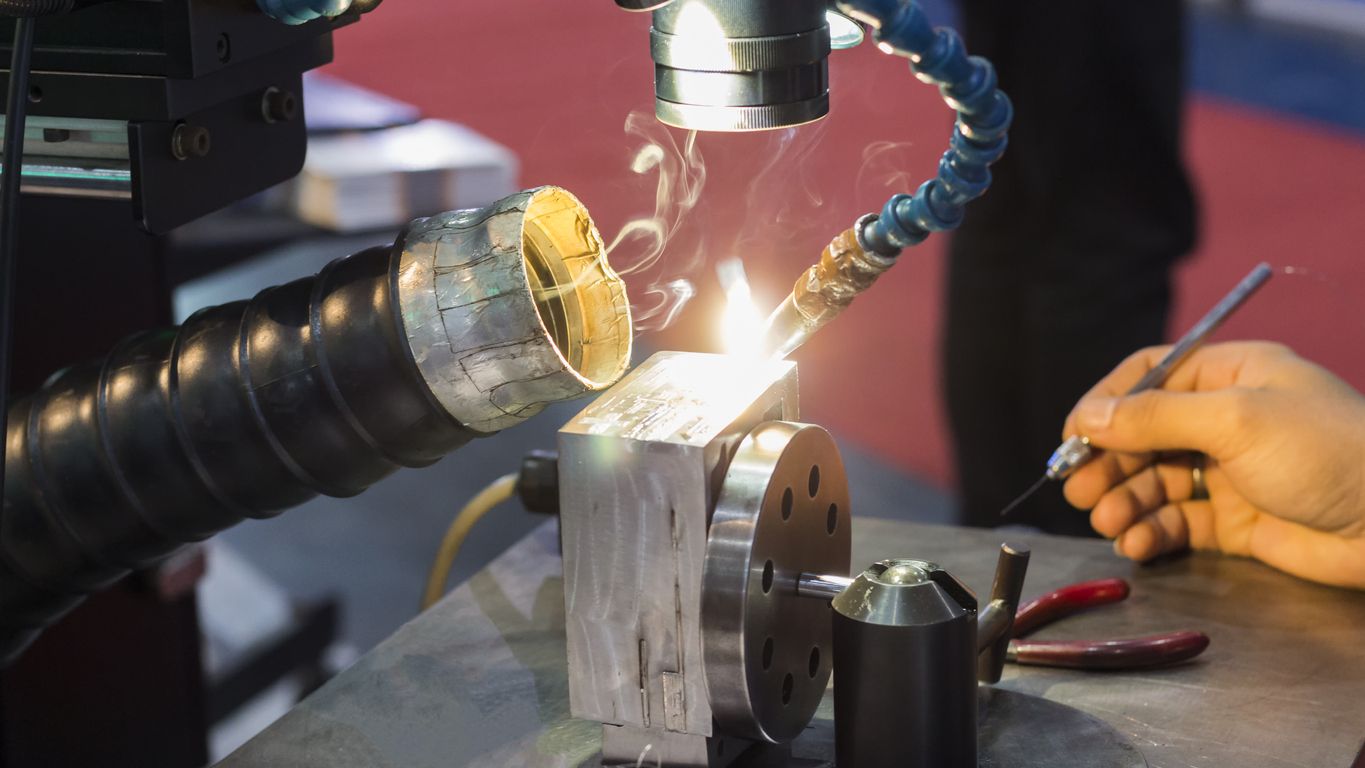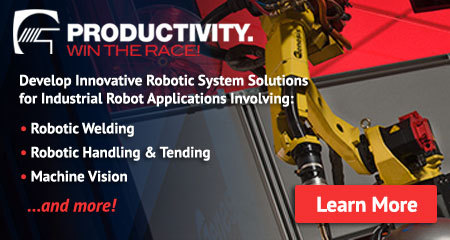A Laser Welding Primer

Relatively fast processing speed, low heat input, low heat affected zone, and minimal distortion makes laser welding an ideal solution for many metal joining applications. The types of hi-precision welding are classified based on pulse intensity, the duration of the beam, and whether the beam is moved while energized.
Laser Spot Welding
A non-contact process creates a single spot weld that joins two metals. A focused laser beam is absorbed by the substrate and the metal is melted. This liquified metal flows, solidifies, and forms a spot weld. Small spot welds are extremely helpful when manufacturers need to avoid heat damage to materials or electrical components close to the weld area.
A major benefit to laser spot welding is speed. The entire process takes only milliseconds. And laser spot welding can be repeated to ensure proper bonds on different metal thicknesses. Multiple spots can be welded simultaneously for both speed and to keep components properly aligned. Laser spot welding is often used for aerospace parts, medical devices, and electronics.
Conduction Welding
The conduction welding process is similar to spot welding, but the laser beam is moved after the melt pool is produced. Modulated or pulsed lasers create seam welds that are capable of being structurally hermetic. The laser can produce a smooth, rounded seam that doesn’t require additional grinding or finishing.
Conduction welds are often used for penetration depths of less than 2mm. The conductivity of the materials joined limits the maximum weld depth. The width of a conduction weld is always greater than its depth. Auto body parts, battery packs, and pressure seals are common applications for conduction welding.
Deep Penetration Welding
Extremely high-power energy densities are used to create a laser weld with deep penetration welding. The high-energy, focused laser beam used melts and vaporizes the substrate. The pressure of the vapor displaces the molten metal. This creates a deep and narrow “keyhole.” The laser beam is moved, molten metal flows around the keyhole, and then solidifies in a deep and narrow seam along the laser’s path.
Deep penetration welding can be used for a wide range of thicker metals. Even some high-reflectivity metals can be welded in thicknesses up to 15mm thanks to the laser’s near-infrared wavelength. The brightness of high-power fiber lasers allows the use of longer focal length lenses. Less sensitivity improves the ease of creating high-quality welds. Deep penetration welds include applications like transmission components and thick section steels for ships and pipelines.
Laser Welding Can Help Your Business
Laser welding is improving speed and production in a wide range of industries. Find out how robotic welding solutions from Genesis Systems can help drive growth for your business.
Posted in Laser Welding
